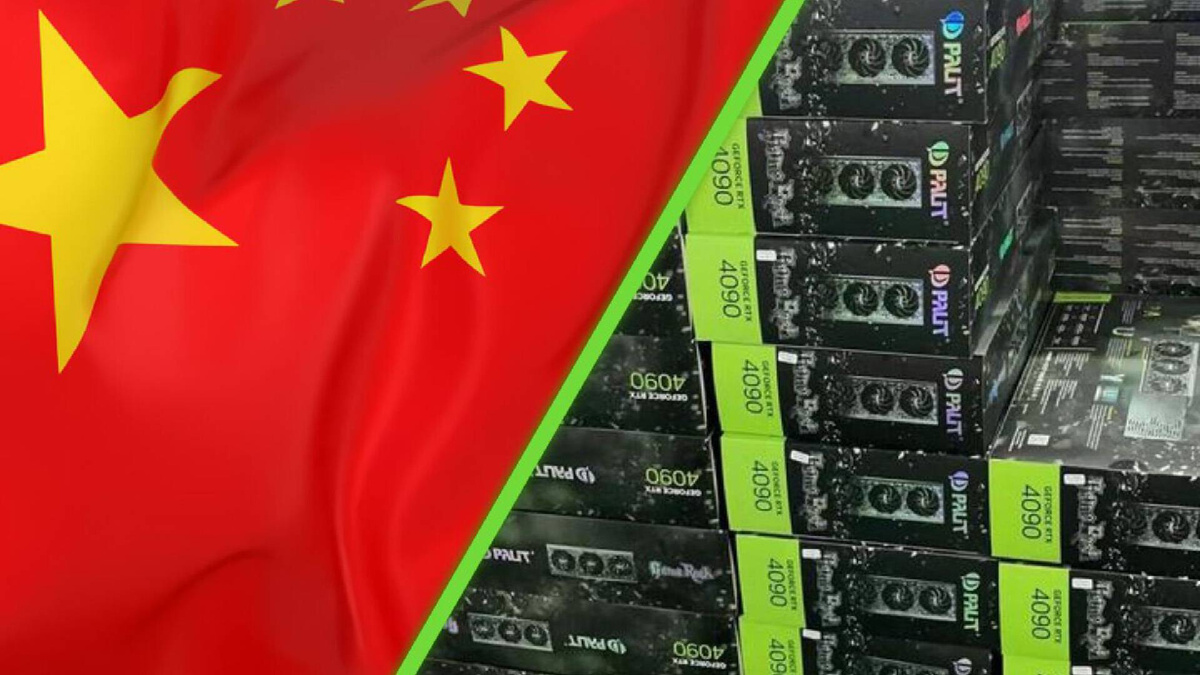Inside the scramble for AI hardware
In the wake of tightening U.S. export controls, Chinese companies are turning to unconventional tactics to keep their AI ambitions on track. Facing a shortage of high‑end GPUs, firms are reportedly stripping Nvidia graphics cards for usable chips. The strategy is both resourceful and risky, underscoring how vital accelerated computing has become to national technology goals.
“Under pressure, we’re seeing hardware scarcity push unexpected ingenuity.”
Why GPUs matter more than ever
Modern AI training depends on massive parallelism and fast memory bandwidth. That’s precisely what GPUs deliver, with thousands of cores optimized for matrix operations. From large language models to computer vision pipelines, performance and time‑to‑market hinge on the availability of accelerators at scale.
Nvidia sits at the center of this ecosystem, with CUDA software and cutting‑edge silicon forming a defensible moat. When shipments to China were curtailed, the ripple effects hit data center roadmaps and model‑training budgets almost immediately.
A workaround built from teardown
Reports from industry watchers describe a growing market for reclaimed dies harvested from retail GPUs. One facility allegedly processed more than 4,000 boards in December, salvaging working chips and repackaging them for AI clusters. Buyers include private labs and public institutions, eager to keep projects moving amid uncertainty.
This teardown approach is extreme, but it offers near‑term relief. It converts consumer inventory into enterprise compute capacity, albeit with variable quality and questionable reliability profiles. Each shipment shifts a bit more leverage back to local AI teams, even as supply remains tight and fragmented.
The RTX 4090D and the compliance tightrope
To maintain a foothold in the market, Nvidia introduced the RTX 4090D—a China‑specific model designed to comply with rules while preserving as much performance as possible. It’s reportedly around 5% slower, but demand remains intense because every teraflop still counts. In parallel, images circulating on Baidu forums show striking stockpiles of RTX 4090 boards, highlighting the scale of pent‑up demand and the creative ways hardware is being repurposed.
Even with compliant SKUs, supply remains a strategic bottleneck. That has pushed buyers to explore gray‑market channels, component cannibalization, and bespoke integrations that squeeze more throughput from whatever silicon they can secure.
Building a domestic path to independence
Longer term, the response is about sovereignty and reducing exposure. Policymakers are encouraging domestic design efforts in AI‑centric chips, from specialized accelerators to full software‑hardware stacks. The goal is to cut reliance on foreign nodes and rebuild a resilient supply chain that can survive policy and market shocks.
Progress will take time, because leading‑edge fabrication requires deep ecosystems and sustained capital. Still, the pressure is catalyzing alliances among foundries, EDA vendors, and cloud providers, with pilot deployments feeding iterative improvements across the stack.
What this means right now
- Expect more emphasis on model efficiency and frugal training recipes that extract more from limited compute.
- Watch for consolidation among integrators who can validate reclaimed chips and assemble reliable clusters.
- Anticipate faster adoption of hybrid clouds and scheduling software that maximizes GPU utilization.
- Look for accelerating investment in domestic IP and packaging tech to bridge gaps in the supply chain.
Risks, rewards, and the road ahead
Dismantling consumer GPUs introduces warranty voids, inconsistent thermals, and uncertain lifetime reliability. For mission‑critical workloads, those trade‑offs can be costly, especially at production scale. Yet the alternative—slowing AI research and ceding global momentum—is equally unappealing for ambitious players.
China’s approach blends pragmatism with urgency, converting constraints into action while a domestic stack is maturing. If local silicon reaches competitive performance, the lessons learned from this period of scarcity could translate into durable advantages. For now, the message is clear: in AI, access to compute is both a strategic asset and a national priority.

